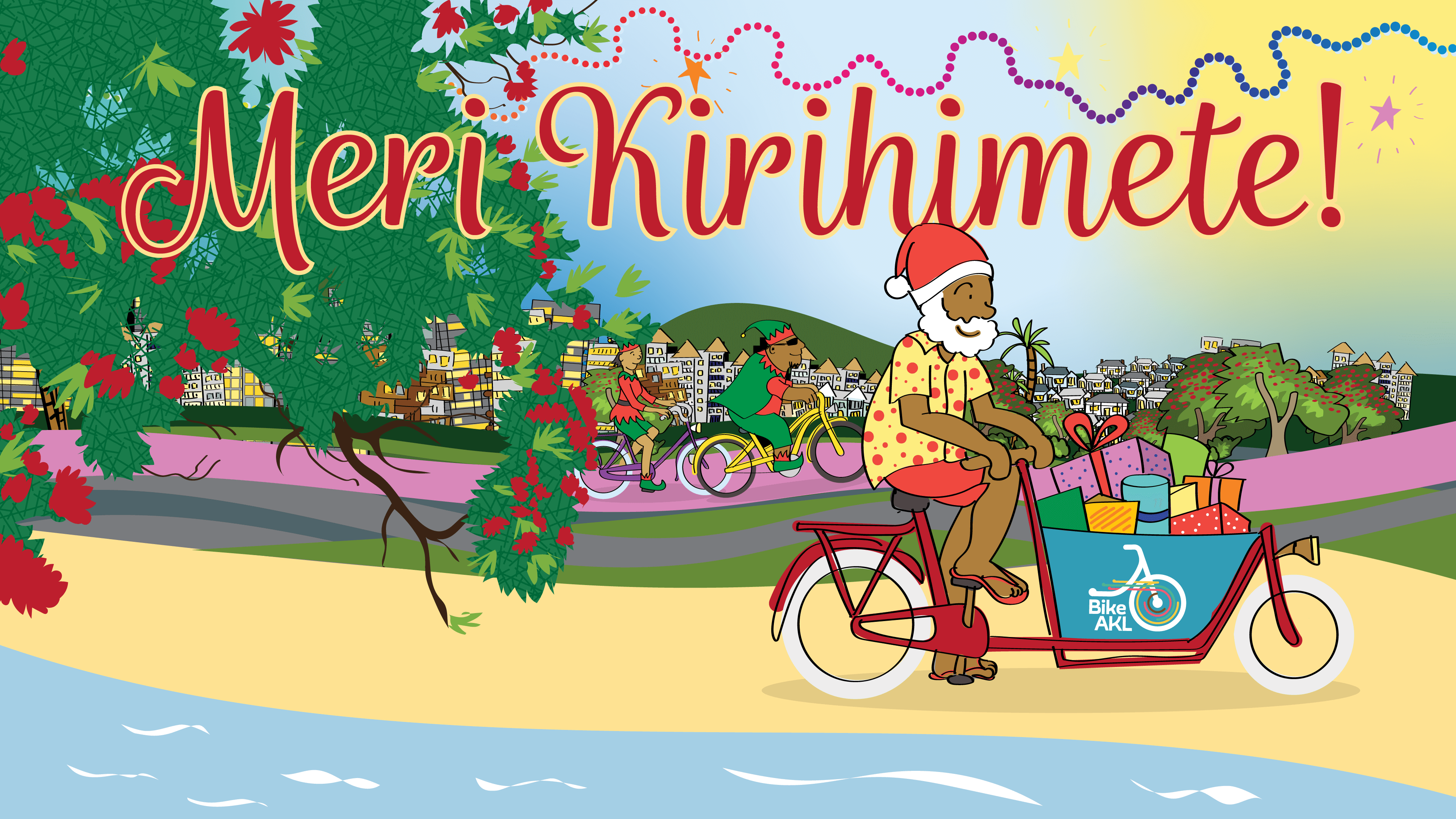For Aucklanders, few things seem impossible – but for some, cycling or walking over the Harbour Bridge is one of them. Despite over 40 years of public calls to be able to cycle and walk the Bridge, Waka Kotahi’s 2019 ‘Skypath’ has sunk without trace – and with no public explanation. Is that fair or reasonable from our national transport agency?
We’re so concerned by the sinking project we’ve researched if Auckland is an outlier amongst international cities, in how it caters for walking and cycling on their major bridges. We’re sad to report Auckland is rare in not providing access by walking and biking across its major waterway.
Not sure you believe us? Here are 10 examples of major cities that all make big bridge cycleways work – and some fun bridge stories and tidbits to tide you over along the way.
Already convinced that bikes on the Harbour Bridge should be the new normal? Join us on the 30th of May for our Liberate the Lane rally, calling for a three-month summer trial for a Harbour Bridge cycling lane!
Brisbane
Want to know a great Brisbane fact? Fifteen major bridges cross the Brisbane River, and of these, eight have cycle lanes, eleven have pedestrian access, and eight allow only vehicles to cross. That’s right: there are as many bridges catering for walking and cycling as there are for vehicles only.
Brisbane City has also committed to building four more ‘green bridges’ across Brisbane for bike and foot traffic. This is a good reason to visit the city when planning our next trip across the Ditch.
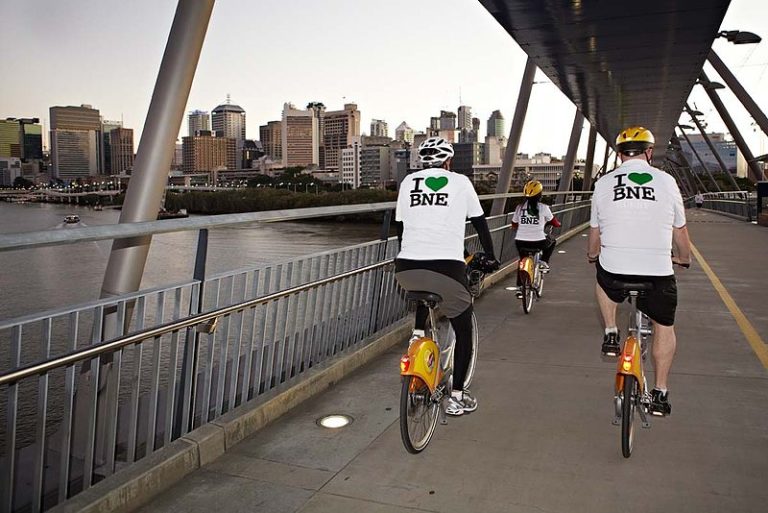
Sydney
In some ways, Sydney’s Harbour Bridge is similar to Auckland’s: it’s clearly the city’s main bridge, and connects their CBD to their North Shore.
However, there’s one crucial difference – around 2000 people bike across the Sydney Harbour Bridge each weekday. In fact, it’s the most heavily-used cycleway in the city, and a critical part of the cycle network.
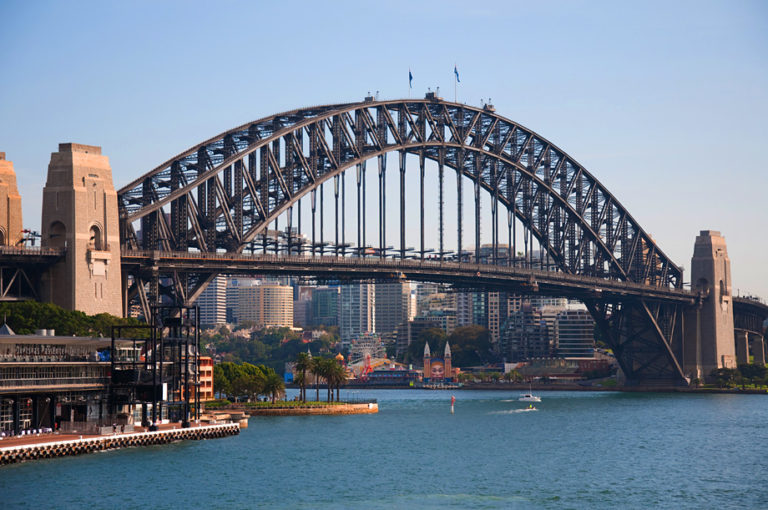
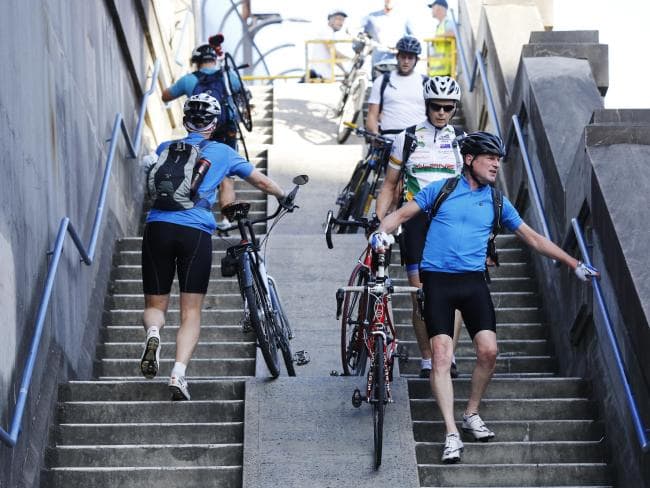
Perth
Look how lovely! In Perth, the newly-completed Matagarup Bridge allows people to cross Swan River – but only by bike or foot. This bridge is stunning and dedicated to cyclists and pedestrians, making it a great example of future-forward, green infrastructure.
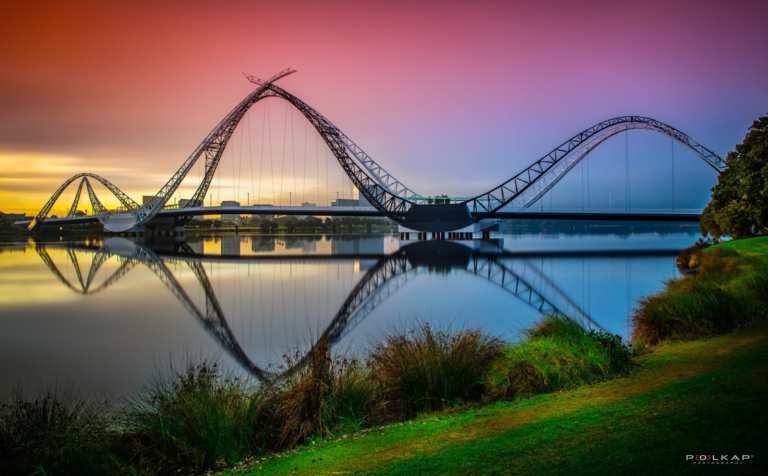
Image credit: Igor Polkap
New York City
Who doesn’t love the Brooklyn Bridge? Cyclists sure do; about 3,500 people cycle across the Brooklyn Bridge every weekday, accompanied by 10,000 pedestrians.
The bridge has welcomed people on bikes for fifty years, becoming one of the first places in New York to have a dedicated cycleway in 1971 when a centre line was painted to separate pedestrians from cyclists. New York City is also continuing to make improvements, in January deciding to replace the leftmost vehicle lane with a two-way protected cycleway. Now that’s an iconic bridge we can get behind!
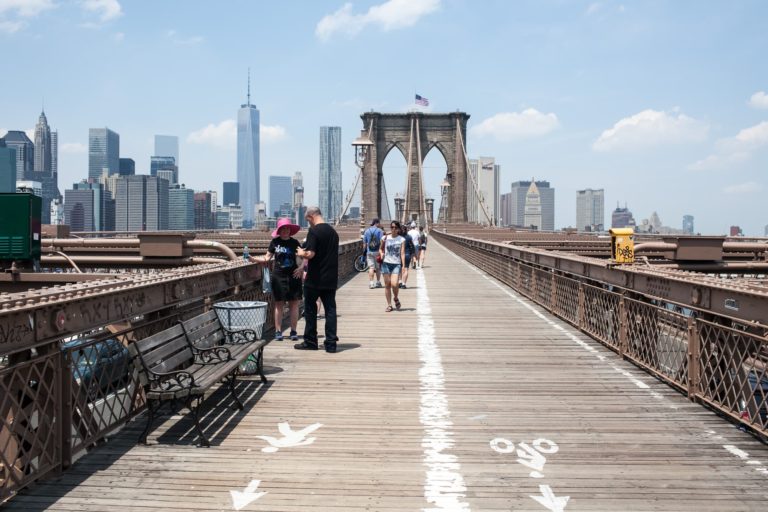
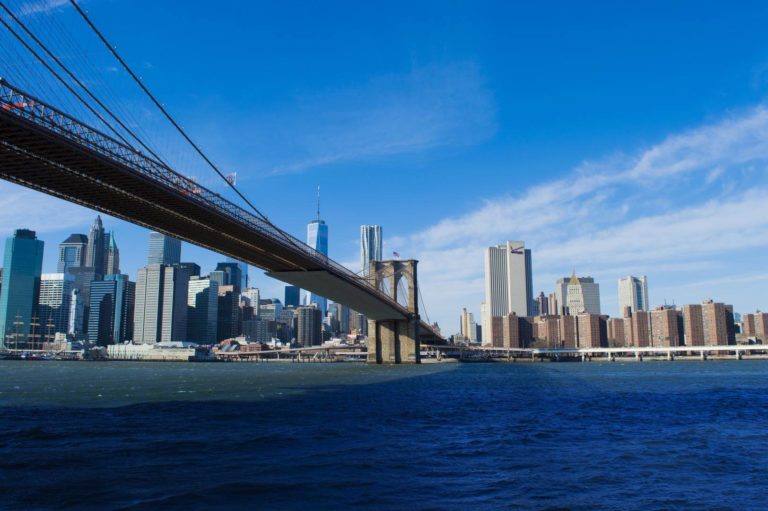
San Francisco
What to say about San Francisco’s Golden Gate Bridge? It’s hugely famous and impressive; it measures 2.7km long and 227m high, and at the time it was built in 1937 it was the longest and highest suspension bridge in the world. It was built with walkways on each side of the vehicle lanes. People on bikes share them with pedestrians during the day and there’s a tricky schedule for access split between the eastern and western walkways.
The route gives spell-binding views of the city and harbour, which accounts for it being a star attraction for tourists to explore by bike. The ride is even more fun if you explore the harbourside route to Tiburon and return by ferry.
(Auckland, why is our visitor sector deprived of the chance to showcase our stunning harbour and network of ferry services?)
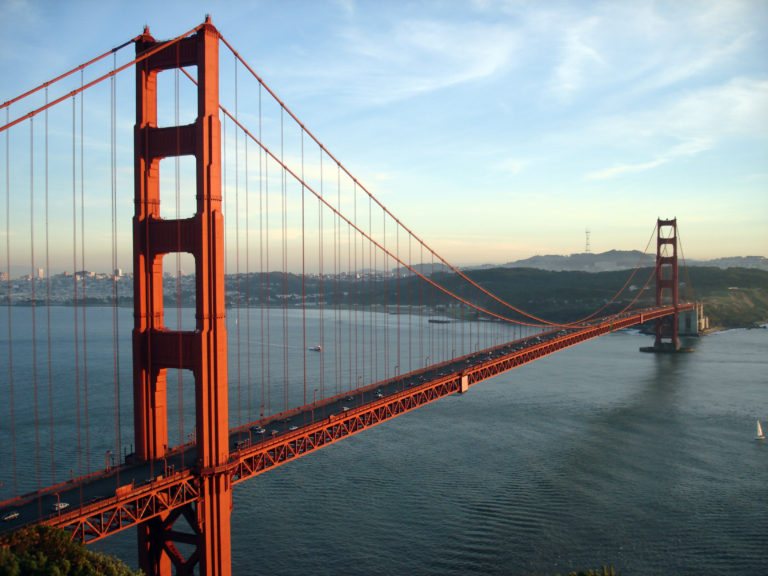
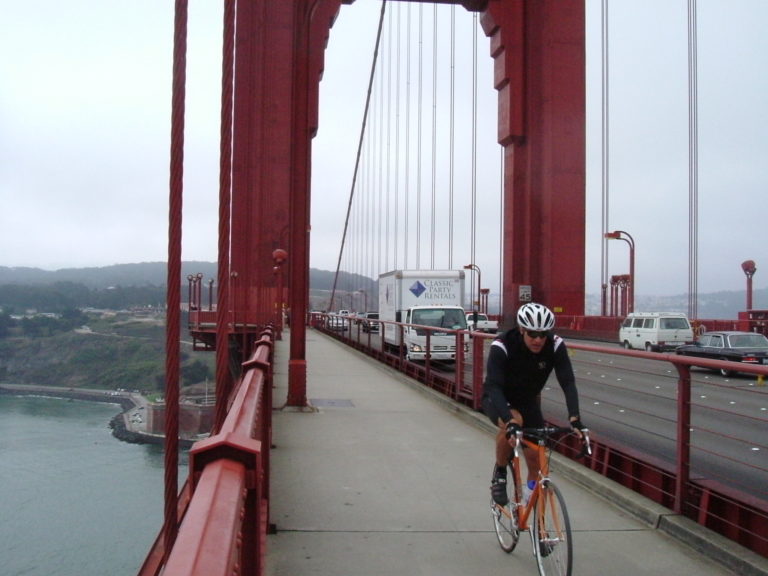
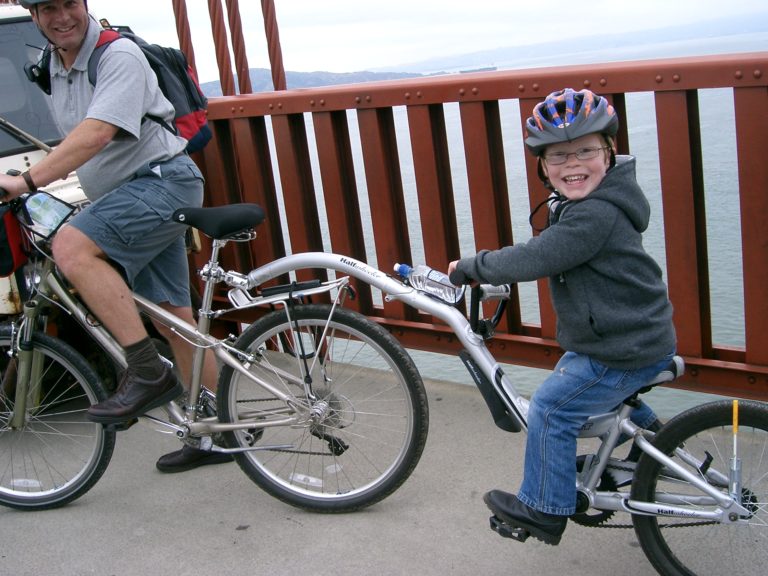
Vancouver
The Lions Gate Bridge in Vancouver crosses the first narrows of Burrard Inlet, connecting the City of Vancouver to North and West Vancouver. At the opening of the bridge in 1938, all could cross; – cars, pedestrians, bicycles, and horse and carriage. Today horse and carriage would be a rare sight on the bridge, but it’s still a popular crossing for cyclists.
Another significant Vancouvian bridge, the eight-lane, 1,171 metre-long Granville Street Bridge, is also open to pedestrians and people biking. Go Vancouver!
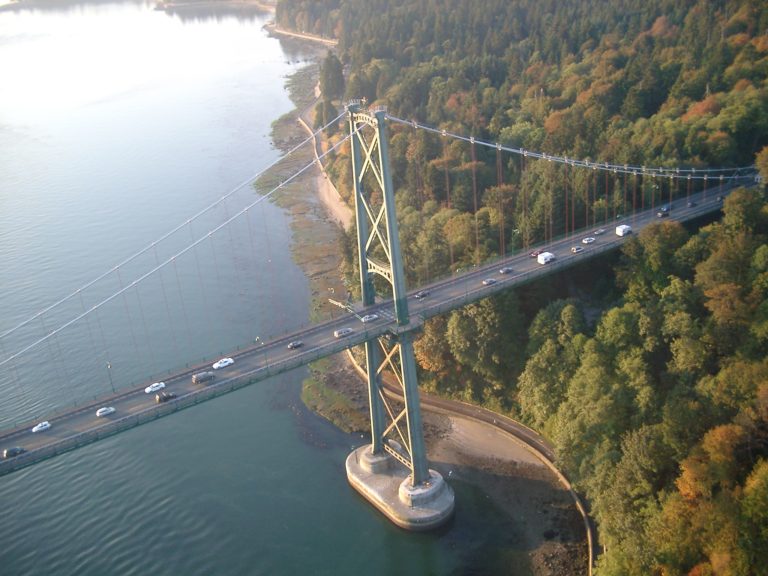
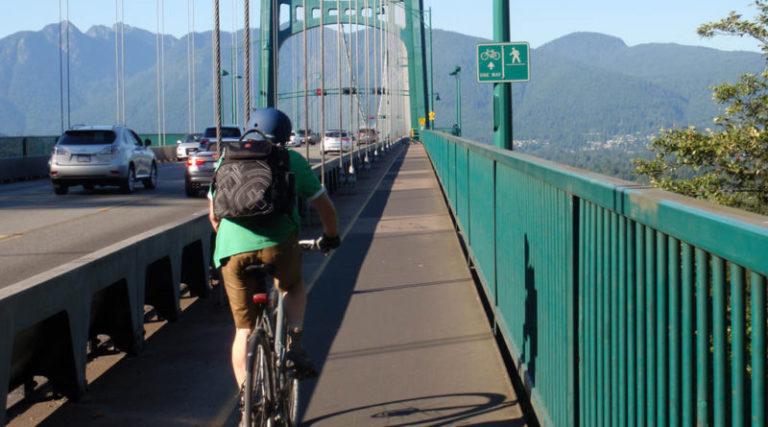
London
While over thirty bridges cross the River Thames, it’s Tower Bridge that’s truly iconic of London. Built between 1886 and 1894, close to the Tower of London, and, what’s that? Oh yes, that’s right – it has a cycle lane.
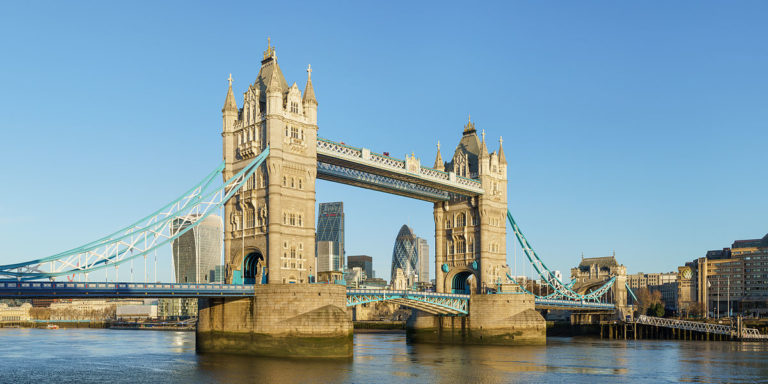
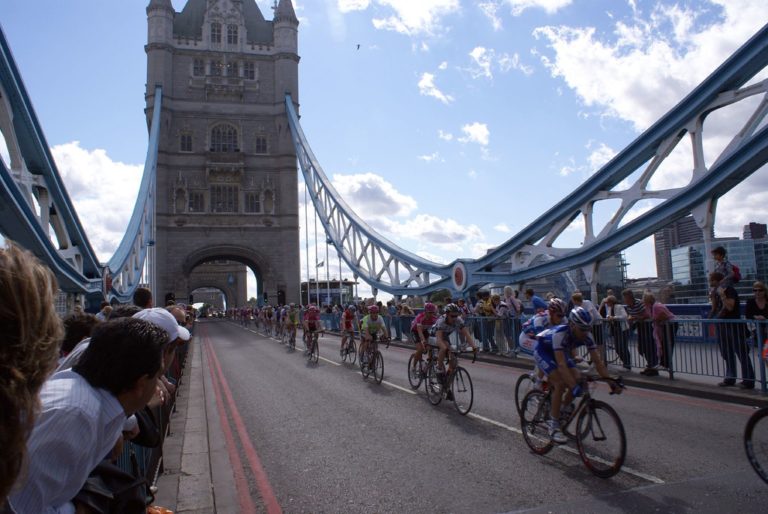
Berlin
Berlin is a city of bridges – in fact, there are over 1,700 of them (and almost all cater for cycling). While there isn’t a single ‘main’ bridge in Berlin, the Glienicke Bridge, which connects Berlin and Potsdam, is one of the most famous.
The Glienicke Bridge was nicknamed the ‘Bridge of Spies’ during the Cold War, as it was used as a point for exchanging captured spies between the Eastern and Western powers. The bridge straddled the border between West and East Berlin, and a white line was drawn in the middle of the bridge which could not be crossed. Today, all can cross – including cyclists.
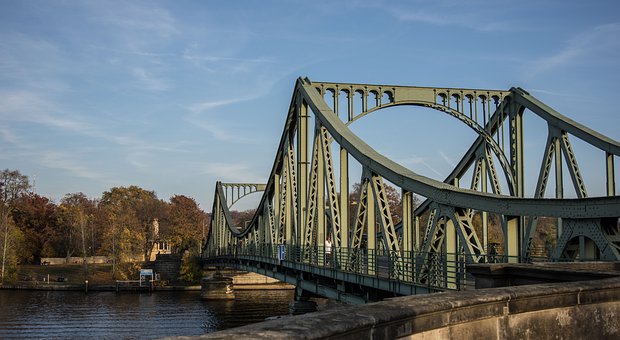
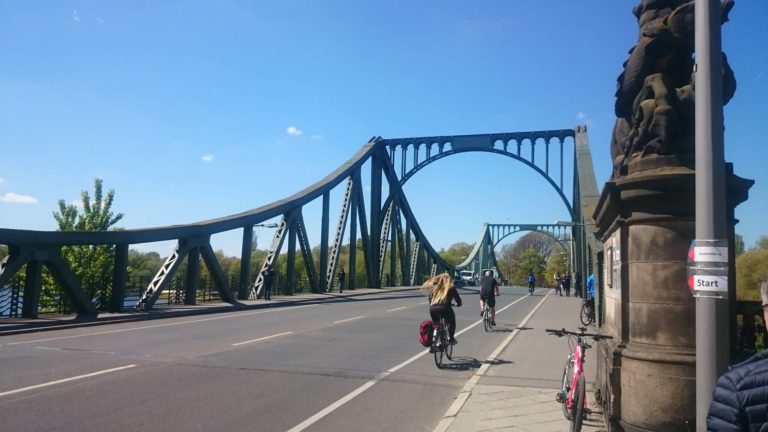
Seville
The stunning Alamillo Bridge in Seville, Southern Spain, was built with bikes in mind: there’s an elevated centre lane for cyclists and pedestrians. The Alamillo crosses the Canal de Alfonso XIII and gives access to the peninsula La Cartuja.
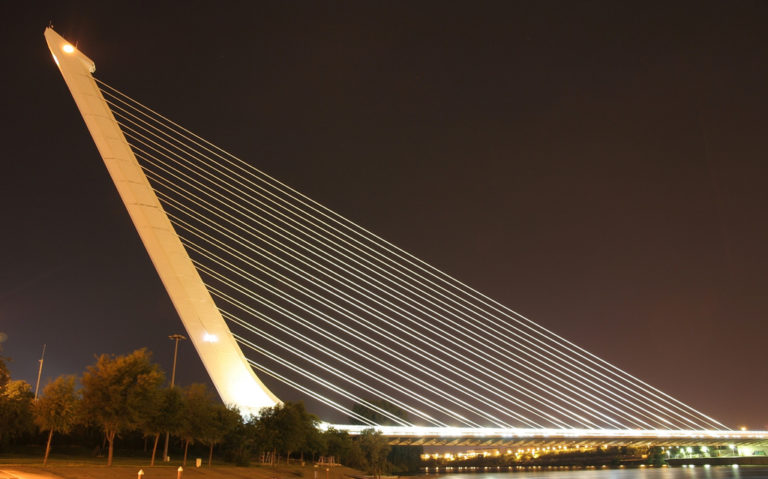
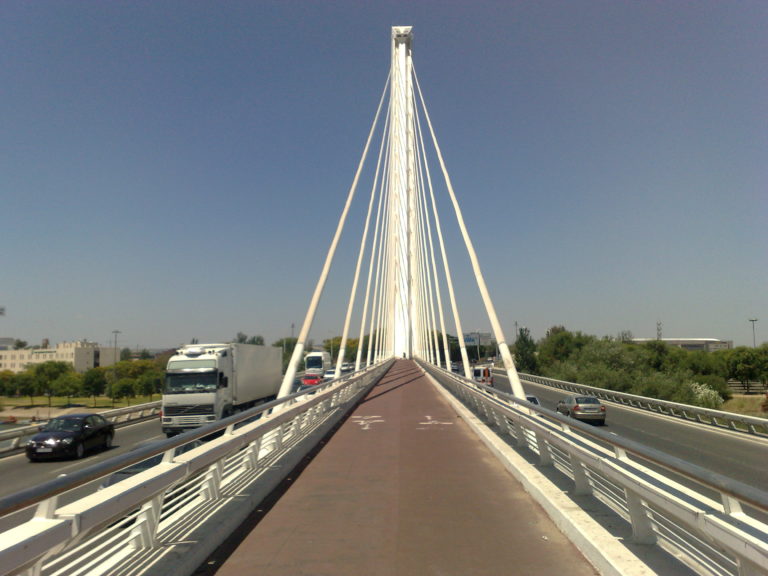
Amsterdam
Amsterdam’s most famous bridge is the Magere Brug, a drawbridge first built in 1691 whose name translated in English means the ‘Skinny Bridge’. It crosses the river Amstel in the centre of the city and is drawn up multiple times a day to let boat traffic pass.
There are various myths about the bridge – that it was built by two sisters who lived on opposite sides of the river and wanted to visit each other, and that a kiss between lovers while on or passing beneath the bridge will ensure they are in love forever. Since 2003, the bridge has been limited to pedestrians and people on bikes.
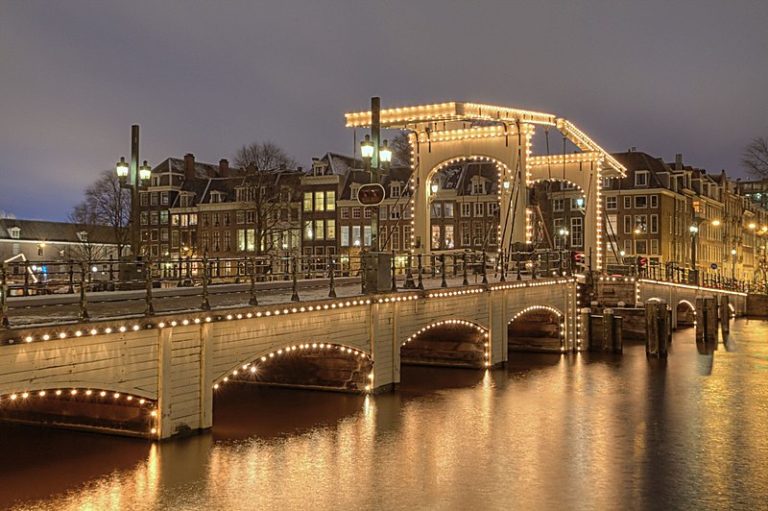
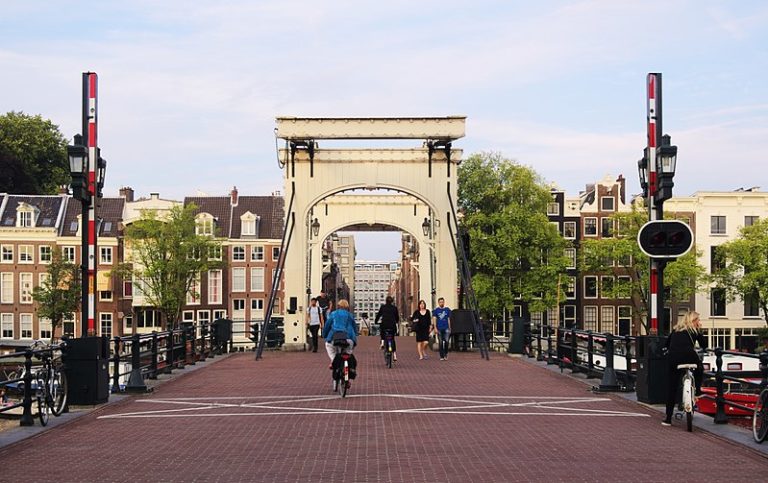
Auckland…
Unlike these other wonderful cities, our own Harbour Bridge sadly does not have bicycle access. When the Auckland Harbour Bridge was originally commissioned, it was planned to include a walkway for pedestrians and bikes, but a hasty decision restricted it to cars and trucks. The past 40 years have been marked by public calls and campaigns to cater for biking and walking, so far nothing’s changed. In 2019 the Government and Waka Kotahi promised a classy wide pathway, now called the Northern Pathway, but the project for the Harbour Bridge sank without trace last year…



